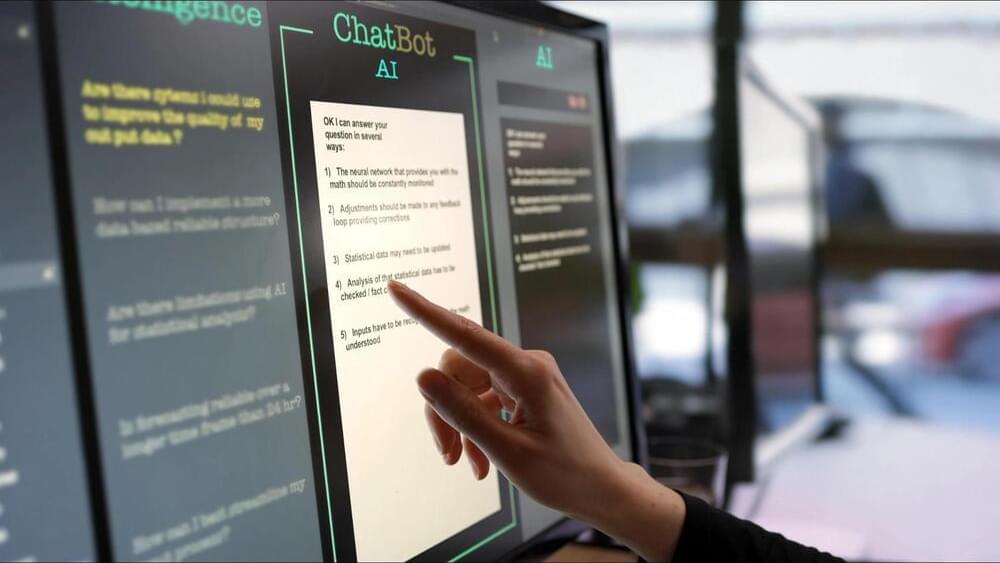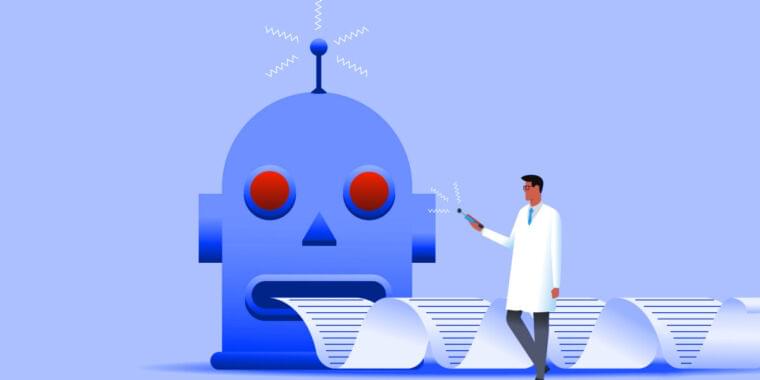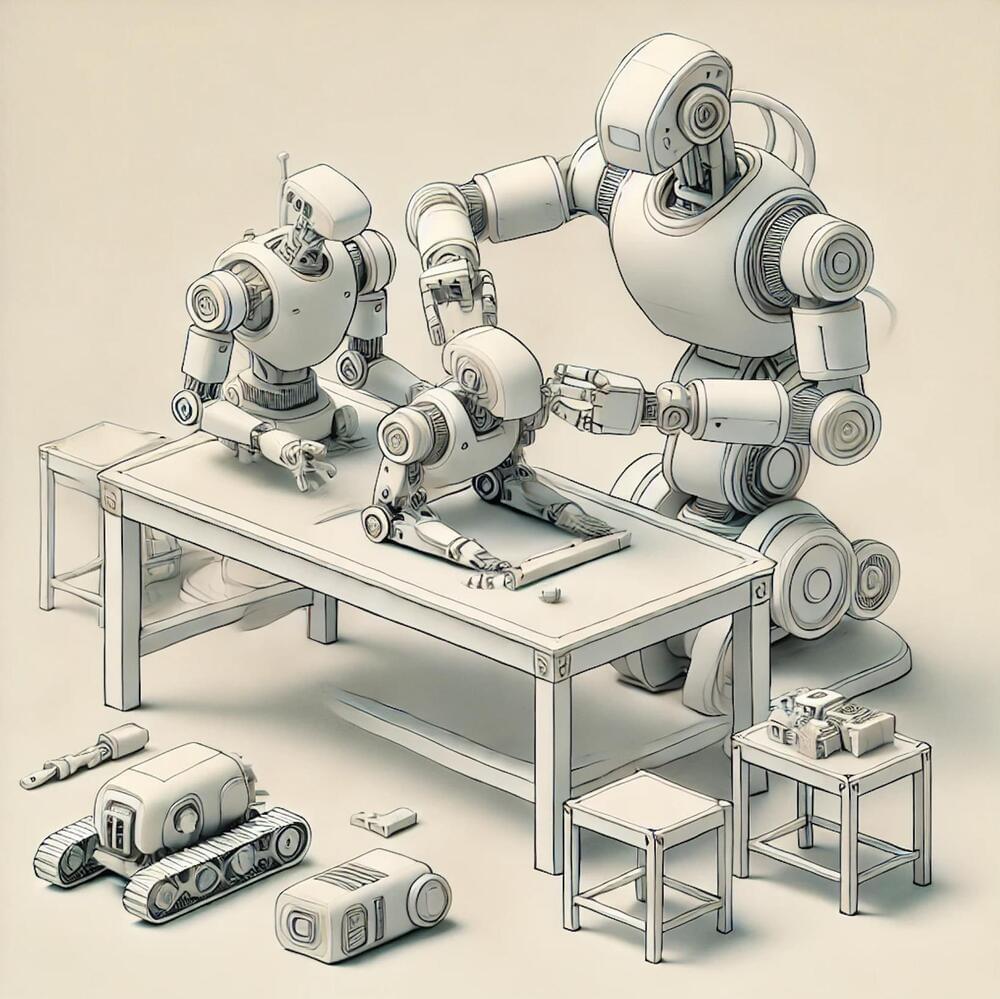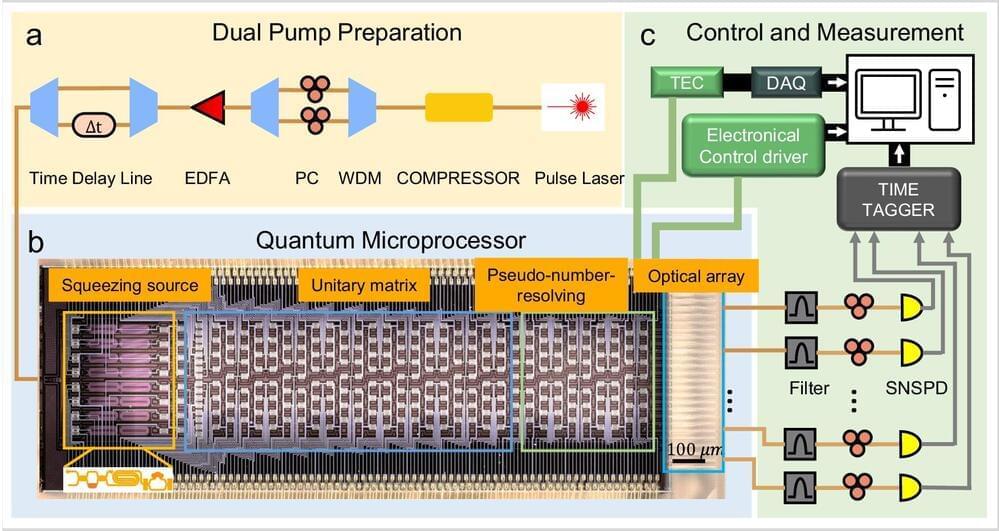Despite these challenges, the potential rewards of edge AI are driving innovation in model optimization, device management and security solutions. As these advancements continue, the barriers to edge AI deployment are gradually being lowered, paving the way for its widespread adoption across industries.
Ultimately, edge computing democratizes AI by removing it from complex, costly cloud execution and moving it to the local, accessible devices companies already own and use. This means that small and medium-sized businesses can gain access to tools previously reserved for much larger companies.
As we move forward, AI in business and edge computing are intertwined. The ebb and flow of progress is already noticeable in edge computing applications, and AI will continue this trajectory. As edge devices become more powerful, the proliferation of intelligent applications that operate seamlessly at the edge will transform industries.







